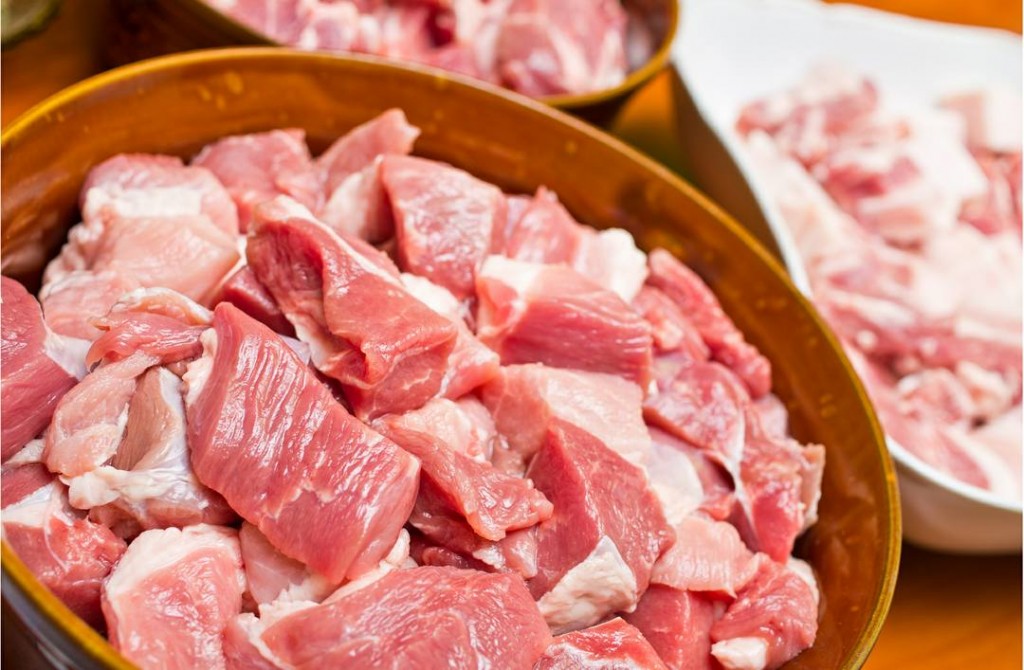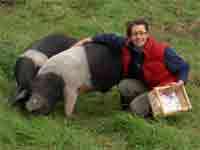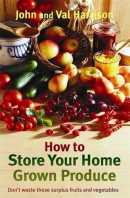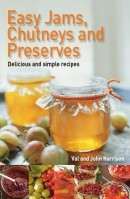The three main ingredients of a sausage are meat, fat and a filler. In this article we discuss the importance of quality ingredients and how perceived expensive ingredients need not mean an expensive sausage. However, quality home-made sausages will taste better, be healthier and should be ethically better.

Homemade Sausage Ingredients
Sausage Ingredients: Meat & Fat
Premium quality, flavoursome and ethically reared meat with fat is the starting point for creating a great sausage. Fat is a necessary ingredient of your sausage, so if you choose to use really lean meats such as turkey, chicken or seafoods you will actually need to add pork fat to the sausage ingredients mix for a successful sausage.
The fat instils flavour and succulence into sausages. When the fat seeps through the casing skin during the cooking process, it infuses ingredient flavours, tenderises the skins and cooks the sausage thoroughly from the inside to the outside.
Premium meats that have been kindly, ethically reared are always considerably more expensive than cheaply produced products but there is a massive difference in quality, flavour and the kind of life these meat animals have lived.
By using the best meat you can obtain you will actually need a lot less meat per sausage to achieve fabulous flavour and texture against poorer-quality, badly-reared meats so your end sausage costs may well be much lower than you think. And you have created a healthier sausage, without animal suffering but with more flavour!
There’s useful extra information to be found on meat here
Sausage Ingredients: Filler
‘Filler’ is the next essential ingredient after meat and fat – in a cheap bought sausage there is no doubt that this can, and often is, corruptly used to ‘bulk up’ and ‘fill’ the sausage with cheap ingredients. Cheap sausages are often highly spiced to disguise lack of flavour and distract from poor texture etc.
With home-made sausage a high quality rusk, bread or cereal grain is an essential ingredient for the physical qualities of the sausage both in its raw state and once cooked. It improves the physical qualities of the sausage, resulting in stiffness and substance verses limp floppiness!
Rusk or ‘filler’ as it is commercially known, absorbs the seeping, infusing, marinating fats as they smelt into, and blend with, other ingredients during the cooking processes, retaining those infused fats within the sausage casing (skin) for internal cooking of the meat, tenderising and flavour blended distribution.
Rusk-comes from product rather like unleavened breads and is perfect for sausage making because of the lack of air pockets. The high density behaves very well with the mobilized fat.
Breadcrumbs – white, brown or speciality like Rye are all usable in home-made sausages and will influence the final bite and flavour of your sausages. However, the air pockets will always result in poorer physical characteristics of both the raw and cooked sausage than the use of a rusk; stale or dry/toasted breadcrumbs will always work better than fluffy fresh ones.
There are other options, some are particularly suitable for those with food intolerances. These options include – (cooked) Rice, Potato, Pasta, Pulses, or Semolina, rolled Oats etc.
The interaction of the filler, fat and meat combine during the cooking process within the skin, which is why you should never prick the skins of sausages when cooking.
Home Made Sausage Articles – How to Make Sausages at Home
- Homemade Sausage Ingredients: Meat, Fat & Rusk (Fillers)
- Homemade Sausage Ingredients: Liquids, Flavourings, Casings (skins) etc.
- Homemade Sausages: Equipment, Processing & Cooking
- Ethically Produced Meat for Making Your Homemade Sausages
- Raising Your Own Pigs for Pork, Bacon & Sausages
 This article is by ‘Gardenfarm Sue’ who has lived self-sufficiently for over 25 years.
This article is by ‘Gardenfarm Sue’ who has lived self-sufficiently for over 25 years.
She is a former agricultural college tutor and full time farmer now delivering courses in sausage making and all aspects of self sufficient living from her smallholding home.


